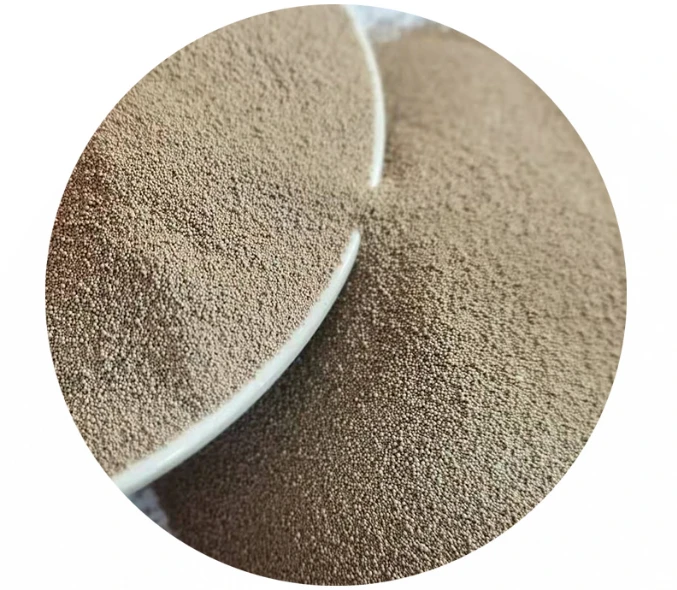

Furthermore, industry leaders have highlighted specific scenarios where sand casting resin has outperformed traditional methods. In applications requiring fine-tolerance components, such as complex engine parts or detailed architectural elements, the precision offered by resin-enhanced sand casts provides a competitive edge. These innovations open up possibilities for customized production runs, allowing for more flexible manufacturing approaches that accommodate market demands without compromising quality. Integrating sand casting resin also aligns with evolving environmental considerations, as these materials can cater to sustainable production methodologies. By reducing waste through lower rejection rates of cast products and enhancing recyclability of materials, manufacturers can meet both regulatory and ecological standards, bolstering brand positioning and industry compliance. In essence, sand casting resin is leading a pivotal shift in manufacturing ideologies, moving from purely functional applications to strategic solutions that address modern-day challenges. This technology exemplifies a reliable and sophisticated approach to casting, bringing forth new opportunities for innovation and economic efficiency within diversified industrial landscapes. The adoption of sand casting resin is progressively becoming a standard practice for manufacturers eager to achieve higher performance metrics and superior end-product quality. By embracing this cutting-edge material, industries are better positioned to respond to increasing market demands for complex, high-quality castings. This not only enhances production capabilities but also evidently marks a significant step forward in precision engineering and sustainability, ensuring that future industrial needs are met with both confidence and efficiency. Post time:2 сар . 18, 2025 04:54
Next:sand and polish resin
